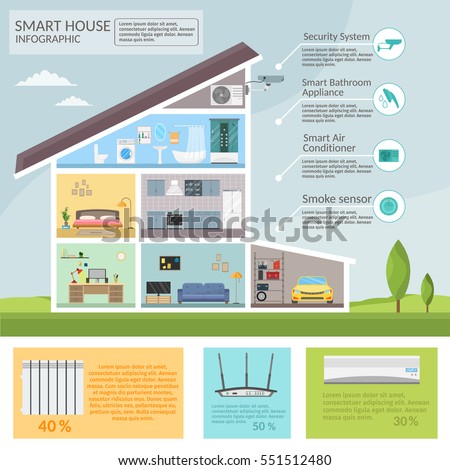As a home owner, starting the installment of a heatpump demands precision and attention to information. From comprehending your heating and cooling requirements to selecting the appropriate device, each action plays a crucial function in the system's general performance. Making sure a smooth installation entails greater than just putting the system; it requires a systematic approach that guarantees performance and durability. So, as you prepare to take on this task, bear in mind that the key to a successful heat pump setup depends on the precise execution of each step in the procedure.
Preparation for Installment
When preparing for the setup of a heat pump in your home, it's essential to begin with an extensive strategy. Begin by examining your home's home heating and cooling needs. Take into ventilation systems as the size of your home, insulation quality, and local environment. This assessment will help identify the proper size and type of heat pump for your room.
Next, establish an allocate the job, including not only the price of the heat pump itself yet additionally installment costs, allows, and any type of necessary upgrades to your electrical system.
Research reputable heating and cooling business in your location and accumulate numerous quotes to compare rates and services offered. Check This Out to pick a licensed and seasoned professional to make sure the setup is done correctly.
Once you have actually picked a professional, schedule a site visit for them to assess your home and supply a comprehensive installment plan. Ensure to discuss any kind of certain requirements or choices you have for the installment process.
Setting Up the Heat Pump
To wage the installation of the heatpump in your house, the next action involves the real process of installing the device.
Begin by putting the exterior device on a stable surface area outside your home. Guarantee that there suffices clearance around the unit for proper airflow.
Next off, connect the outside unit to the interior unit using refrigerant lines. These lines must be shielded to avoid energy loss. Safely secure the systems to the installing brackets and make certain they're level for optimum operation.
When the units are in location, attach the electrical wiring complying with the manufacturer's guidelines carefully. Confirm all links to assure safety and correct capability.
Finally, include the refrigerant to the system, making sure to adhere to the proper treatments to avoid leakages or damage.
Complying with these actions will make certain a successful installation of your heat pump, offering effective heating and cooling for your home.
Testing and Upkeep
When the heat pump setup is total, it's essential to carry out routine screening and maintenance to ensure ideal efficiency and durability of the system.
Beginning by checking the filters each to three months, cleansing or changing them as required to maintain effectiveness.
Inspect the outside unit for debris or blockages that might hinder air flow, and clear any plants or objects around it.
Check the thermostat setups, adjusting if necessary, and make certain the temperature readings are exact.
Check for any kind of unusual noises, vibrations, or odors throughout operation, as these could indicate underlying concerns.
Arrange professional maintenance at least once a year to examine and tune up the system, making certain all elements are functioning appropriately.
Normal maintenance not just enhances performance but also prolongs the life-span of your heat pump, saving you cash in the future.
Final thought
Since you've successfully mounted your heat pump, don't forget to schedule regular maintenance to maintain it running efficiently. Bear in mind to check filters, examine the system, and timetable expert tune-ups to ensure optimum performance. By following these actions and taking good care of your heat pump, you can delight in trusted home heating and cooling for several years ahead. Congratulations on completing the installment process!
